Replacing the Carpet with Rags on Santa Barbara’s East Beach
City Reaches Milestone in Habitat Restoration Project
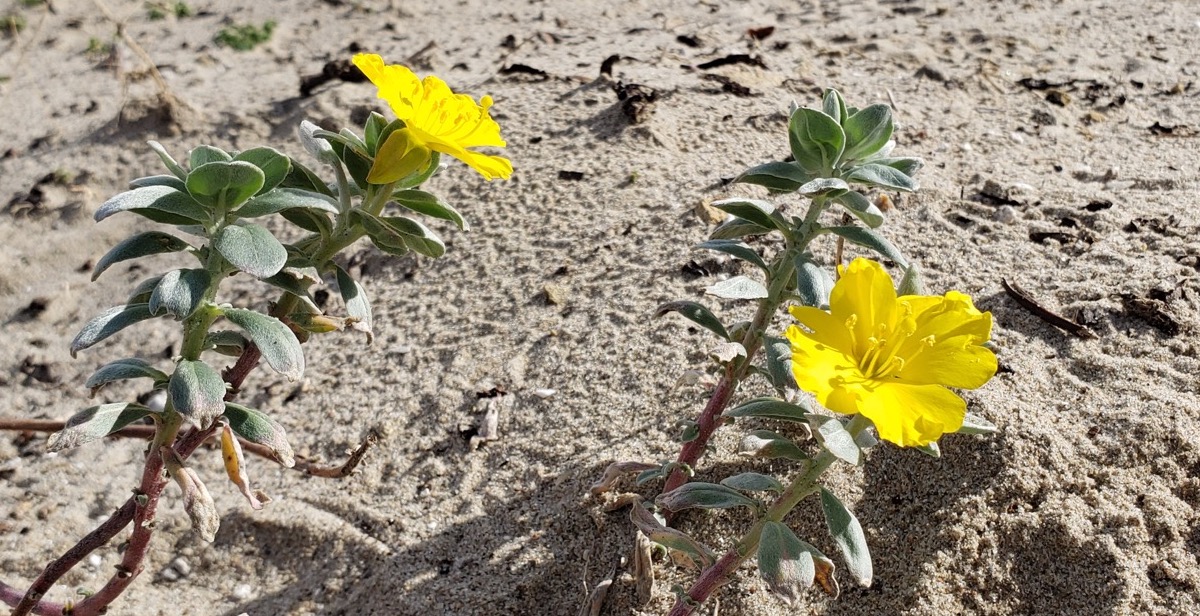
If anything is annoyingly familiar about East Beach, it’s the ice plant. The sprawling, non-native “carpet weeds” make up the border between the sand and the sidewalk, creating a thick mat of spiky green shrubs that suffocate native species.
However, the city ripped the carpet out across 1.1 acres of East Beach’s coastal dunes. In its place, they planted 3,200 Central Coast natives, which was just completed last Tuesday, March 5.
According to the Department of Fish and Wildlife, ice plant was introduced to California in the early 1900s as an erosion-control tool used on railroad tracks and roadsides. However, the succulents, which are native to South Africa, alter the composition of local soil. Not to mention they spread like wildfire.
On the other hand, native coastal dune plant species, the city says, aid in the formation and stabilization of sand dunes and support local wildlife, including birds and bees.
The first phase of the “East Beach Habitat Restoration Project” — which began in December 2022, hit a roadblock after the January 2023 storms, and then restarted in September 2023 — was “solarization,” or covering the weeds with a black tarp to fry both the plants and the seeds. It’s a common tactic used in the battle against invasive plant species occurring across the county.
After drying out the ice plant, the branches were removed, but the roots were left in place to help stabilize the sand dunes as the new plants get their footing. Once the corpses were cleared out, the next phase was installing irrigation, fencing, and native plants and seeds.
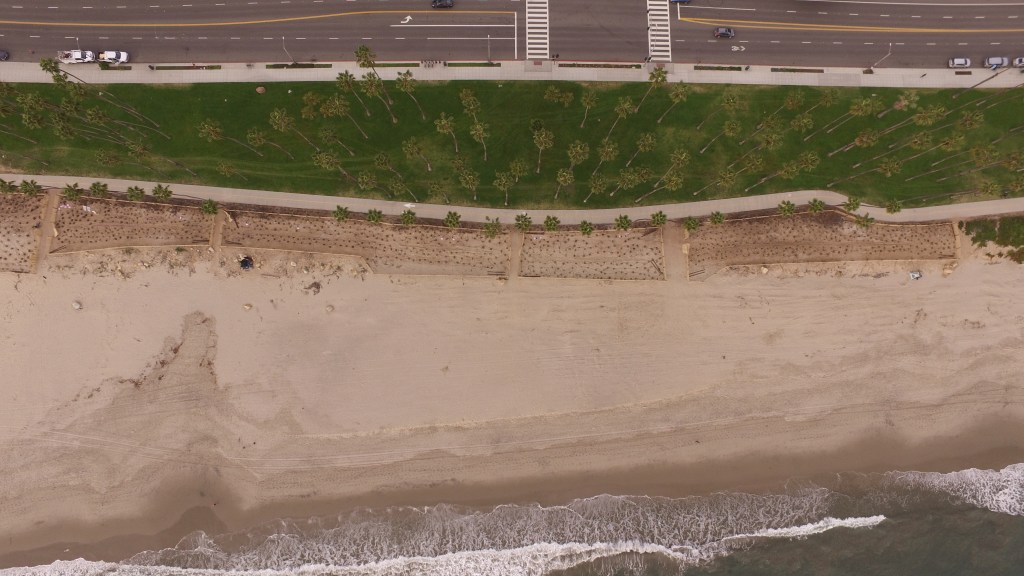
According to the city, this “plant palette” was selected by a “qualified biologist with decades of experience with coastal restoration” using local species and seeds from regional sources, such as UCSB’s Campus Point Lagoon.
The dunes will be covered with five different plant species — silver bur ragweed, pink sand verbena, dune morning glory, beach suncup, and seacliff buckwheat — ranging in height between one and four feet.
Not everyone is happy with the plant selection, however. The Independent received a letter from one resident concerned about ragweed, calling it a “severe allergen.” She said it is the “worst pollen offender” — as it is the most common cause of seasonal allergies — and suggested it be replaced with a different native species.
However, Public Works seems to have no intention to replace the ragweed. The project was reviewed and approved by the California Coastal Commission, and the seeds have already been planted. People with allergies, beware.
Walking down Cabrillo Boulevard, passersby can see the wood-slat fencing that was installed to help protect the restoration area and aid with stabilizing the dune sands while the low-lying native plants grow and develop roots.
The restoration area — located between Calle Cesar Chavez and the soccer fields next to Palm Park Beach House — was selected due to the dense swath of ice plant in the area and its proximity to recreation areas.
Funded by the Water Resources Capital Program, the project has now transitioned to the five-year maintenance phase in which the city will continue to monitor and support plant establishment. At the end of the maintenance period, the irrigation and fencing will be removed.


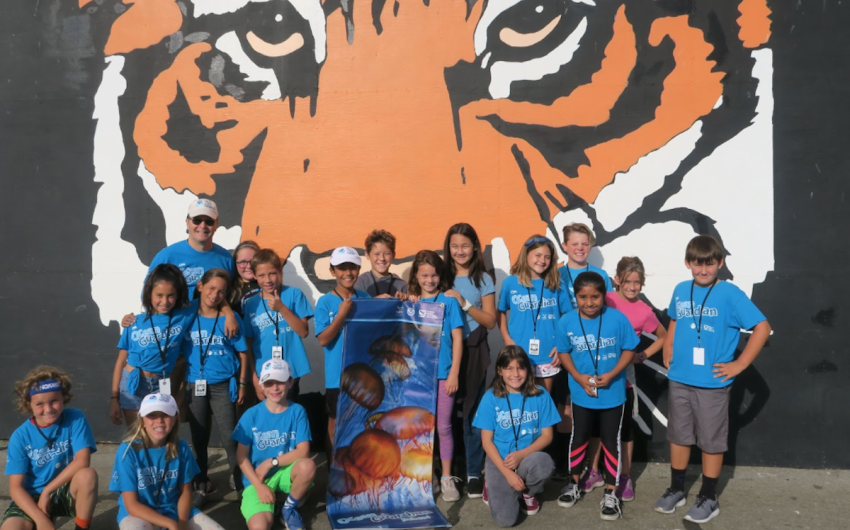
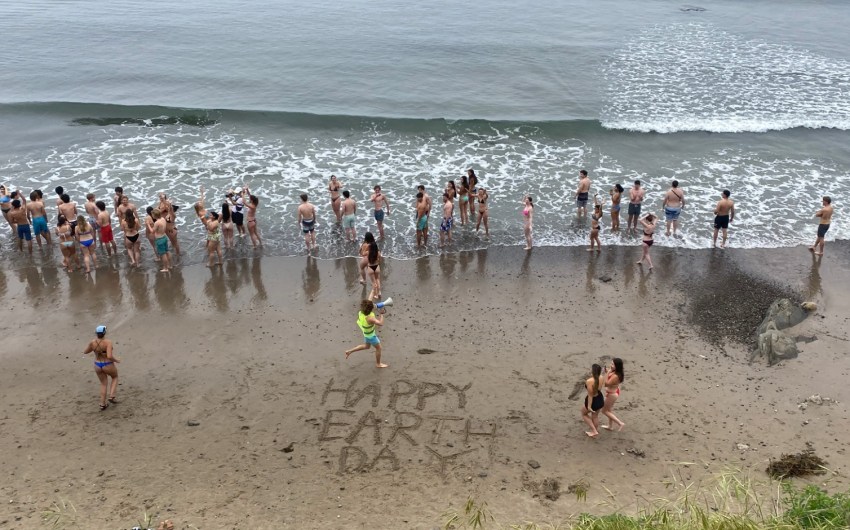






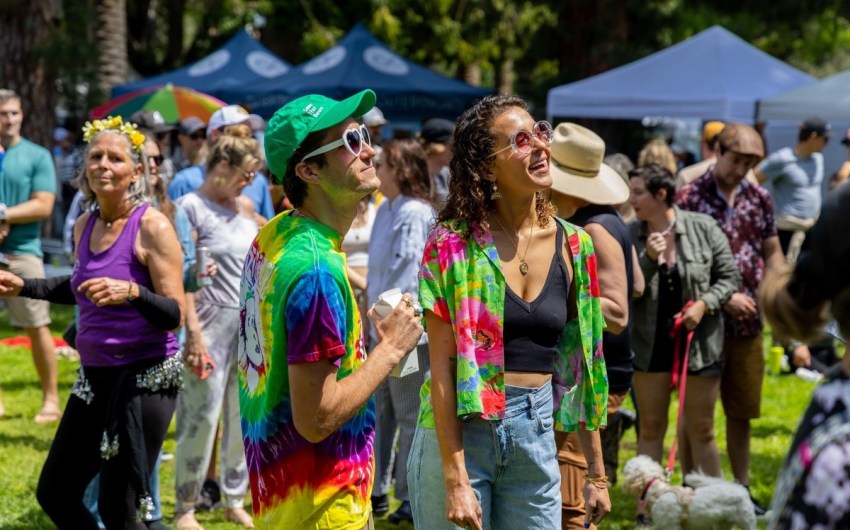
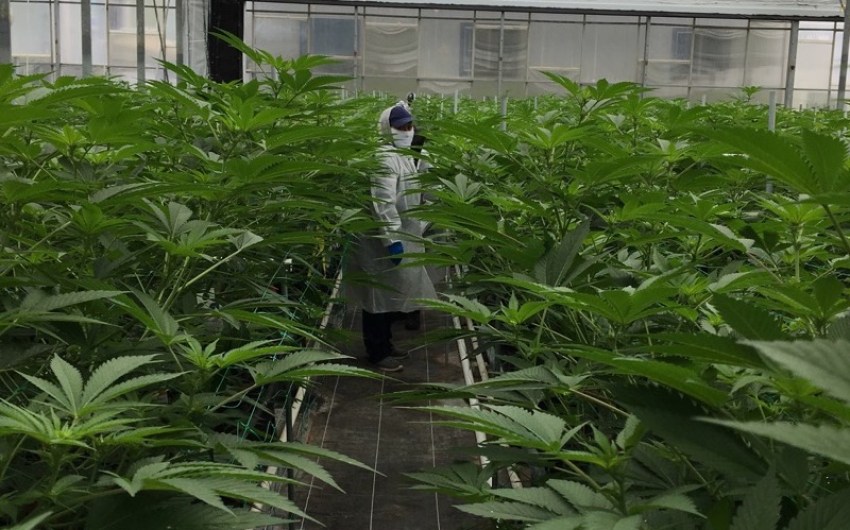
You must be logged in to post a comment.